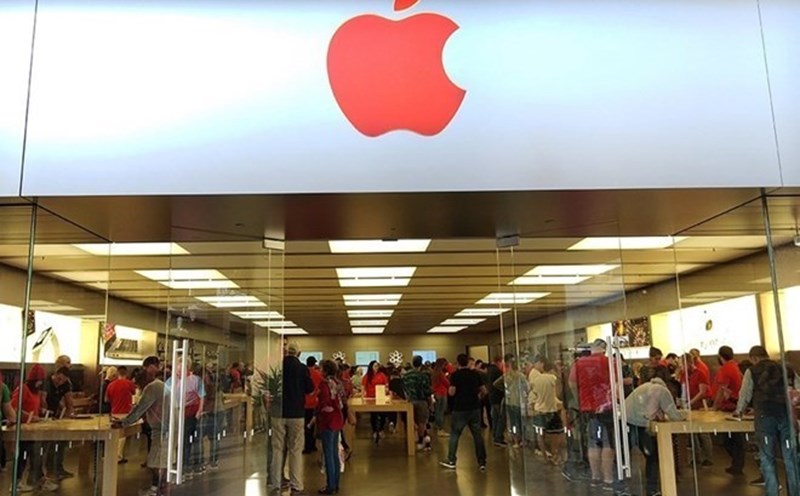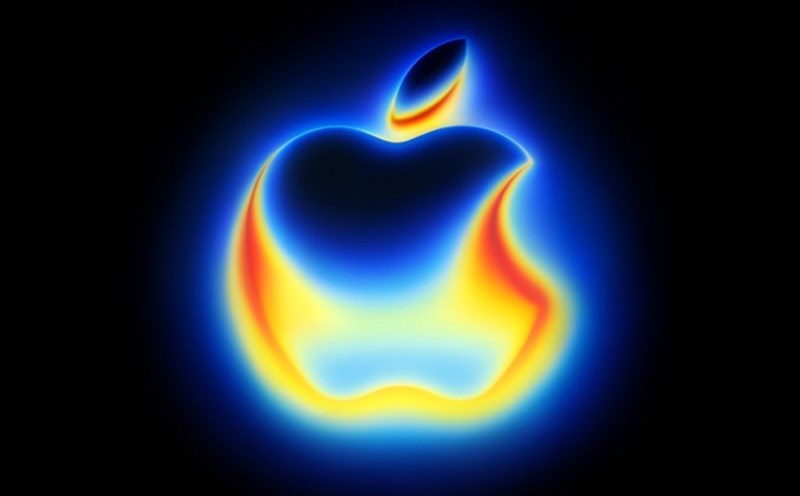Battery life is always a decisive factor when users choose a smartphone, but the long-term durability of the battery truly reflects its value.
The new energy labels of the European Union (EU), now mandatory for all phones sold in the region, have provided a more detailed look at the battery life of top devices.
According to Apple's official documents, the entire iPhone 17 series, including the standard iPhone 17, iPhone 17 Air, 17 Pro and 17 Pro Max, are all assessed to be able to withstand 1,000 charging cycles before the battery capacity drops below 80%.
This number has not changed much compared to the previous generation of iPhone 16. Even the iPhone Air model, which is designed to be the thinnest, still retains the battery life parameters, only slightly different in capacity.
This means that those who expect Apple to significantly improve battery durability on the iPhone 17 will be somewhat disappointed.
In fact, the EU's official data does not show any significant upgrades in the ability to maintain long-term battery capacity compared to the previous generation.
Meanwhile, Samsung continues to affirm the advantage. The EU energy brand said the Galaxy S25 flagship could undergo up to 2,000 charging times before the battery dropped below 80%, double the iPhone 17.
This distance was confirmed by Android Authority and quickly became a hot topic of discussion on technology forums.
Some experts believe that Apple may be giving a cautious figure, while Samsung is more confident thanks to advances in battery technology.
However, from a consumer's perspective, the difference is still very clear.
For those who consider the number of times they charge before the battery deteriorates as a key factor when buying a phone, Samsung currently has the advantage.
Apple continues to focus on optimizing energy performance and the charging accessories ecosystem, ensuring a smooth daily experience.
However, in terms of battery durability (an increasingly important indicator for modern users), Samsung is the leading brand, clearly proven through official EU energy labels.









